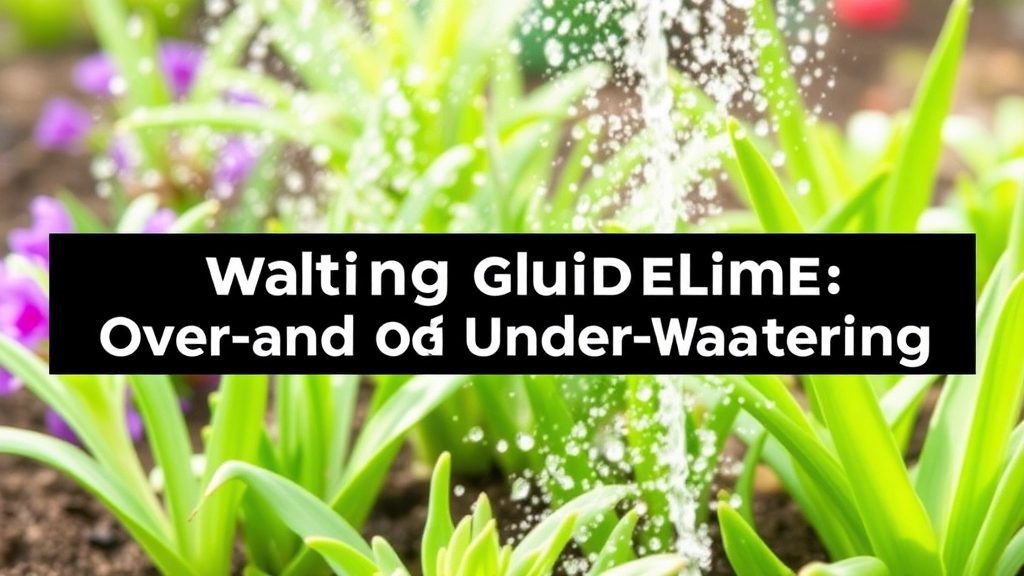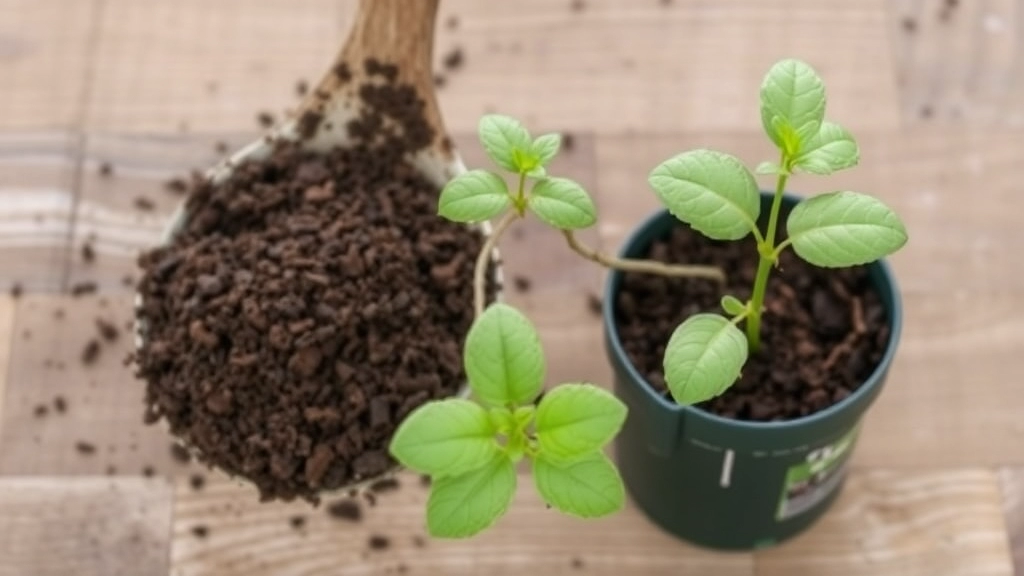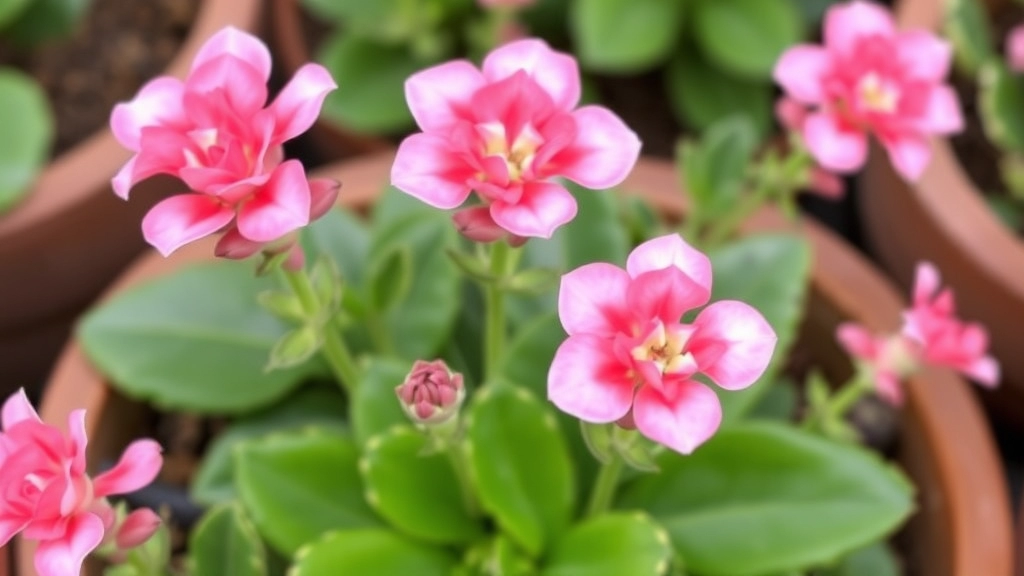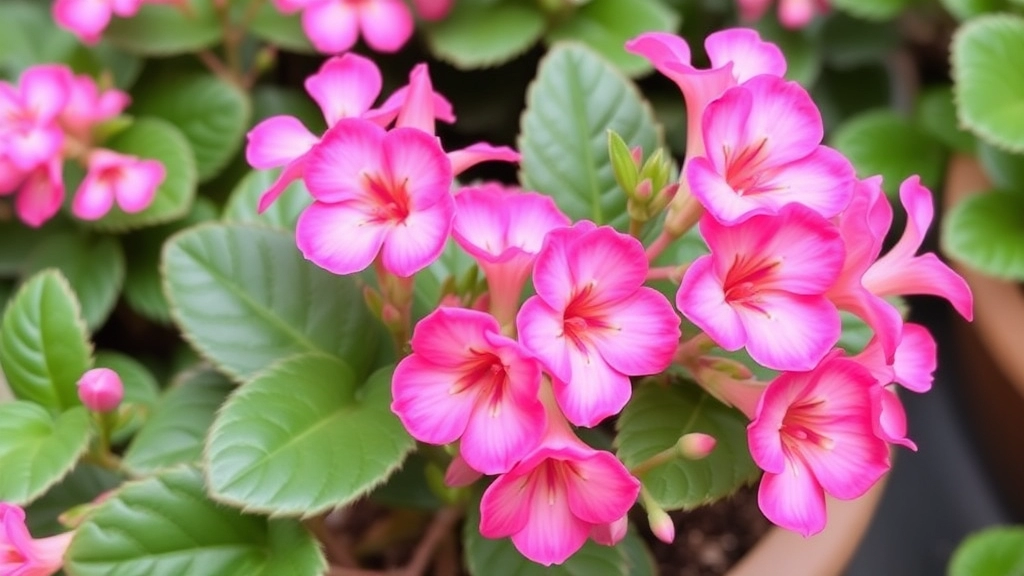Caring for Kalanchoe Daigremontiana Pink Butterflies
When it comes to caring for Kalanchoe Daigremontiana Pink Butterflies, understanding its optimal growing conditions is key. This striking succulent, known for its pink plantlets that resemble butterflies, thrives in bright, indirect sunlight and well-draining soil. Ensuring these conditions will help your plant flourish and maintain its vibrant colours.
Watering Guidelines
Proper watering is crucial for the health of your Kalanchoe Pink Butterflies. Over-watering can lead to root rot, while under-watering can cause the plant to wilt. Water your succulent thoroughly, allowing the soil to dry out completely between waterings. By following these guidelines, you can enjoy a thriving and eye-catching addition to your succulent collection.
Optimal Growing Conditions for Kalanchoe âPink Butterflies’
When it comes to nurturing Kalanchoe âPink Butterflies’, many plant enthusiasts wonder about the best conditions to ensure vibrant growth and stunning blooms.
Light Requirements
Kalanchoe âPink Butterflies’ thrives in bright, indirect sunlight.
- Ideal Locations: Place it near a south or west-facing window.
- Avoid Direct Sunlight: Too much direct sunlight can scorch the leaves.
Temperature and Humidity
This succulent prefers a warm environment.
- Optimal Temperature: Aim for temperatures between 20°C to 25°C.
- Humidity: Low humidity is ideal; this plant is well-suited for indoor conditions.
Fertilisation
Feeding your Kalanchoe can enhance its growth.
- Frequency: Use a balanced, water-soluble fertiliser every four to six weeks during the growing season.
- Dilution: Always dilute the fertiliser to half strength to prevent root burn.
Air Circulation
Good airflow is crucial for preventing diseases.
Watering Guidelines: Avoiding Over- and Under-Watering

So, you’ve got your Kalanchoe ‘Pink Butterflies’ and you’re excited to see it thrive. But how do you keep that lovely plant happy without drowning it or letting it dry out?
Watering Woes
Let’s face it, over-watering is a common pitfall for many plant parents. Too much water can lead to root rot, which is a one-way ticket to a sad, droopy plant. On the flip side, under-watering can leave your Kalanchoe looking parched and lifeless.
Signs to Watch For
Here’s what to look for:
- Over-Watering: Yellowing leaves, mushy stems, or a sour smell from the soil.
- Under-Watering: Wrinkled leaves, dry soil, or a plant that feels light as a feather.
Watering Tips
To strike that perfect balance, consider these simple guidelines:
- Check the Soil: Stick your finger about an inch into the soil. If it feels dry, it’s time to water. If it’s still moist, hold off.
- Water Thoroughly: When you do water, give it a good soak until water drains out of the bottom. This ensures the roots get enough moisture.
- Seasonal Adjustments: Remember, your plant’s needs change with the seasons. During the growing season (spring and summer), it may need more water, while in winter, it’ll appreciate a drier spell.
Propagation Techniques: Success with Stem Cuttings and Plantlets
When it comes to expanding your collection of Kalanchoe âPink Butterflies’, understanding effective propagation techniques is vital. Many enthusiasts wonder how to successfully propagate their plants without losing the unique charm of each one.
Stem Cuttings
One of the most popular methods for propagating Kalanchoe is through stem cuttings. Here’s how to do it:
- Choose Healthy Stems: Select stems that are healthy and free from pests or diseases. Look for firm, green stems.
- Cut the Stem: Using clean, sharp scissors, cut a stem about 4-6 inches long. Make the cut just below a leaf node for the best results.
- Let It Callous: Place the cut stem in a dry, warm area for a few days. This allows the cut end to callous over, reducing the risk of rot.
- Planting: Once calloused, place the stem in well-draining soil. Water lightly, ensuring the soil is moist but not soggy.
- Light and Care: Keep the cutting in a bright, indirect light. Water when the top inch of soil feels dry.
Plantlets
Another effective way to propagate Kalanchoe âPink Butterflies’ is through plantlets. These small offsets grow from the mother plant and can be easily separated. Here’s how:
Soil and Potting Requirements for Healthy Growth

When it comes to ensuring your Kalanchoe ‘Pink Butterflies’ thrives, the right soil and potting conditions are crucial. You might be wondering what type of soil will keep your plant flourishing and how to choose the right pot.
Soil Type
Kalanchoe plants prefer well-draining soil that mimics their natural habitat. Here are some key points to consider:
- Cactus or Succulent Mix: A commercial cactus mix works wonders, as it provides excellent drainage.
- DIY Mix: You can create your own by mixing equal parts potting soil, sand, and perlite for optimal aeration and drainage.
- pH Level: Aim for a slightly acidic to neutral pH (around 6.0 to 7.0) to promote healthy growth.
Potting Considerations
Choosing the right pot is just as important as the soil. Here’s what to keep in mind:
- Drainage Holes: Always select a pot with drainage holes to prevent waterlogging.
- Size: A pot that is slightly larger than the root ball allows for growth but avoid overly large pots, which can retain excess moisture.
- Material: Terracotta pots are excellent for Kalanchoe, as they allow for evaporation and help prevent root rot.
Repotting Tips
- Frequency: Repot every 2-3 years or when the plant outgrows its pot.
- Timing: Spring is the best time to repot, as this aligns with the plant’s growing season.
Pest Control and Common Issues in Kalanchoe Care
When caring for Kalanchoe âPink Butterflies’, you may encounter a few pests and common issues that can hinder its growth and blooming potential.
What Pests Should You Watch For?
- Mealybugs
These small, white, cotton-like pests can be found in the leaf axils and stems.
They suck sap from the plant, leading to stunted growth. - Aphids
Tiny green or black insects that cluster on new growth.
They can cause leaf curling and yellowing. - Spider Mites
These are barely visible to the naked eye but leave fine webbing on the plant.
They thrive in dry conditions and can cause leaf damage.
How to Manage Pests Effectively
- Regular Inspection: Check your Kalanchoe weekly for any signs of pests.
- Natural Remedies: Use insecticidal soap or neem oil to treat infestations.
- Isolation: If you notice a pest problem, separate the affected plant to prevent spreading.
Common Issues to Address
- Overwatering: This can lead to root rot, a common issue that can cause the leaves to yellow and drop. For more detailed guidance, refer to our guide on why Kalanchoe leaves die.
- Underwatering: Conversely, too little water can cause the leaves to shrivel and become brittle.
- Insufficient Light: Kalanchoe thrives in bright, indirect sunlight. Lack of light can lead to leggy growth. Learn more about indoor vs. outdoor care for Kalanchoe Blossfeldiana.
Tips for Healthy Plants
- Ensure proper drainage in pots to prevent water accumulation.
- Rotate the plant occasionally to promote even growth.
- Maintain humidity levels to avoid spider mites, especially in dry seasons.
Ensuring Blooming: Seasonal Tips for Reflowering Kalanchoe ‘Pink Butterflies’

So, you’ve got your Kalanchoe ‘Pink Butterflies’ thriving, but how do you coax those stunning blooms back?
It’s a common concern for many plant lovers. You want your plant to show off its vibrant flowers, but sometimes, it just doesn’t want to play ball.
Seasonal Care Tips for Blooming
Here are some straightforward tips to help your Kalanchoe bloom beautifully:
- Light Exposure: Make sure your plant is getting plenty of bright, indirect sunlight. A south-facing window is ideal. Too little light can lead to fewer blooms.
- Temperature Control: Kalanchoe loves warmth! Keep it in a spot where temperatures range between 18°C to 24°C. Avoid cold drafts.
- Watering Schedule: During the blooming season, water your plant thoroughly but let the soil dry out between waterings. Overwatering can lead to root rot and fewer flowers.
- Fertiliser Boost: Feed your Kalanchoe with a balanced fertiliser every month during the growing season. This helps support those lovely blooms.
- Pruning for Blooming: After the flowering period, prune back any dead or wilting flowers. This encourages new growth and more blooms next time around.
- Rest Period: After blooming, give your plant a rest. Cut back on water and fertiliser for a few weeks to allow it to recharge.
A Little Story
I remember the first time I got my Kalanchoe to bloom. I was so excited, but after a couple of months, it seemed to go into hiding. I tried a few of these tips, and soon enough, it was bursting with flowers again. It felt like a mini victory!
Safe Practices: Toxicity Concerns for Pets and Humans
As we delve into the care of Kalanchoe âPink Butterflies’, it’s crucial to address a significant concern: its toxicity.
Many plant enthusiasts worry about the safety of their furry friends and family members when bringing new plants into their homes.
Kalanchoe is indeed toxic if ingested, containing compounds that can be harmful to both pets and humans. Here are some key points to consider:
- Pet Safety:
- Kalanchoe can cause vomiting, diarrhea, and other gastrointestinal issues in dogs and cats.
- Symptoms may vary based on the amount consumed, so it’s essential to monitor pets closely.
- Human Safety:
- While Kalanchoe is less toxic to humans, ingestion can still lead to mild stomach upset.
- Keep the plant out of reach of small children who may be curious.
- Preventive Measures:
- Position your Kalanchoe in areas that are inaccessible to pets and children.
- Consider using hanging pots or high shelves to keep the plant safe.
Being aware of these toxicity concerns allows you to enjoy your Kalanchoe âPink Butterflies’ without worry. For more detailed information, you can read about Kalanchoe’s toxicity to dogs and its effects on humans.
FAQs on Kalanchoe Daigremontiana ‘Pink Butterflies’
How often should I water my Kalanchoe ‘Pink Butterflies’?
Water your Kalanchoe when the top inch of soil feels dry. Over-watering can lead to root rot, while under-watering can cause the plant to look parched. Adjust your watering frequency based on the season, with more frequent watering during the growing season (spring and summer) and less during winter.
What type of soil is best for Kalanchoe ‘Pink Butterflies’?
Kalanchoe plants prefer well-draining soil. A commercial cactus or succulent mix is ideal. You can also create your own mix by combining equal parts potting soil, sand, and perlite. Aim for a slightly acidic to neutral pH level (around 6.0 to 7.0).
How do I choose the right pot for my Kalanchoe?
Select a pot with drainage holes to prevent waterlogging. A pot slightly larger than the root ball is ideal. Terracotta pots are a great choice as they allow for evaporation and help prevent root rot.
When should I repot my Kalanchoe ‘Pink Butterflies’?
Repot your Kalanchoe every 2-3 years or when it outgrows its current pot. The best time to repot is in the spring, aligning with the plant’s growing season.
What can I do to encourage my Kalanchoe to bloom?
Ensure your plant gets plenty of bright, indirect sunlight and keep it in a warm spot with temperatures between 18°C to 24°C. Water thoroughly but let the soil dry out between waterings during the blooming season. Feed with a balanced fertiliser every month during the growing season and prune dead or wilting flowers to encourage new growth.
What are the signs of over-watering and under-watering?
Signs of over-watering include yellowing leaves, mushy stems, and a sour smell from the soil. Signs of under-watering include wrinkled leaves, dry soil, and a plant that feels light.
Can I create my own soil mix for Kalanchoe ‘Pink Butterflies’?
Yes, you can create your own soil mix by combining equal parts potting soil, sand, and perlite. This DIY mix will provide optimal aeration and drainage for your plant.
How do I care for my Kalanchoe after it blooms?
After blooming, prune any dead or wilting flowers to encourage new growth. Give your plant a rest period by cutting back on water and fertiliser for a few weeks to allow it to recharge.
Why is my Kalanchoe not blooming?
If your Kalanchoe is not blooming, it might not be getting enough light or warmth. Ensure it’s placed in a spot with bright, indirect sunlight and temperatures between 18°C to 24°C. Also, check your watering and fertilising routine to ensure it aligns with the plant’s needs.
References
-
Kalanchoe Plant Care: How To Grow A Kalanchoe
-
How to Grow and Care for Kalanchoe
-
Kalanchoe: How to Grow and Care for Kalanchoe Plants
